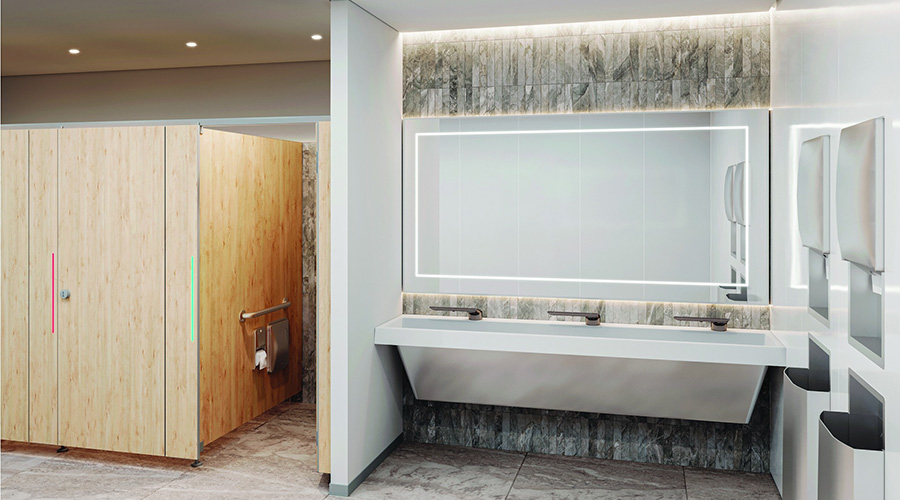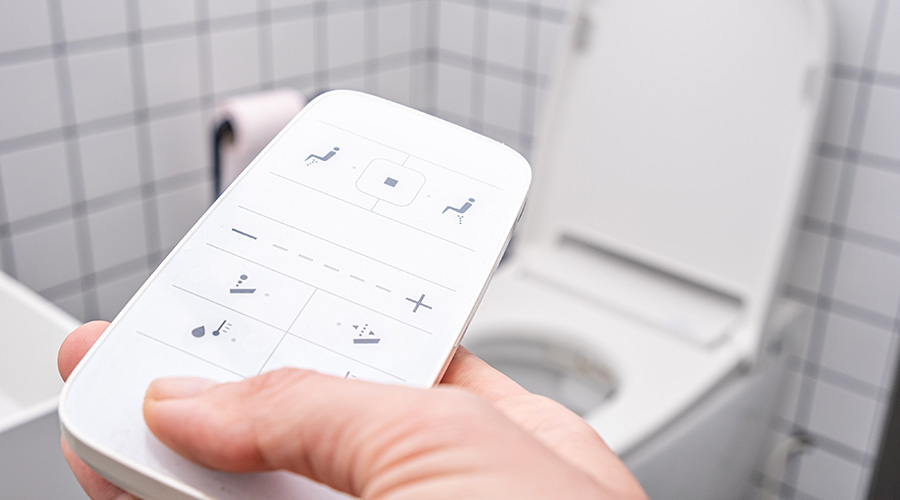LEED Can Guide Plumbing Decisions
When weighing these five factors in considering a plumbing-system upgrade, managers have an array of product options and resources. One aid in guiding them through the decision making and improving the project’s sustainability is the Leadership in Energy and Environmental Design (LEED) rating system from the U.S. Green Building Council.
The system awards points if the designed plumbing system uses less water than the national standard for similar facilities. First, users calculate a baseline depending on the age of the building and number of users. Then they compare the actual use for the facility to the national standard.
Facilities earn points for systems that perform above the baseline, meaning they use less water. The benefits of high scores include lower costs for potable water and wastewater, as well as the recognition that comes with LEED certification.
To improve ratings, managers can incorporate plumbing components, such as low-flow faucets, waterless urinals, and low-flow toilets. To get the full benefit, the project might have to include changes in fixtures along with valves because, for example, older toilets use more than 3 gpf.
Today’s standard for toilets is 1.6 gpf, and high-efficiency toilets use only 1.28 gpf. High-efficiency urinals use 0.5 gpf versus the standard of 1.0 gpf. System upgrades can achieve these flows only by improving the fixture design to maximize performance. But the added cost of fixture replacement also can lead to much greater benefits.
Related Topics:














